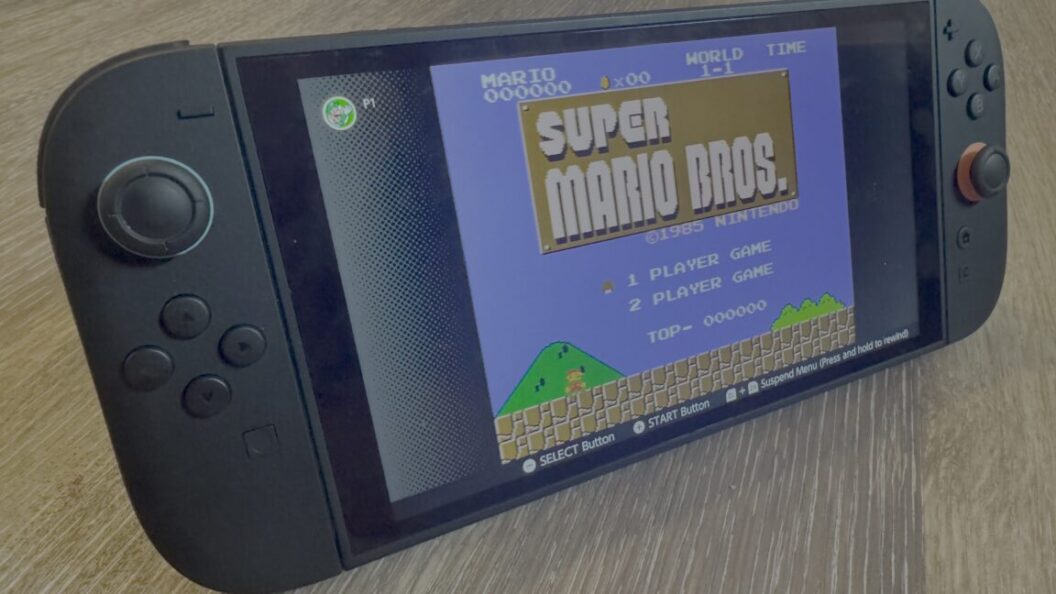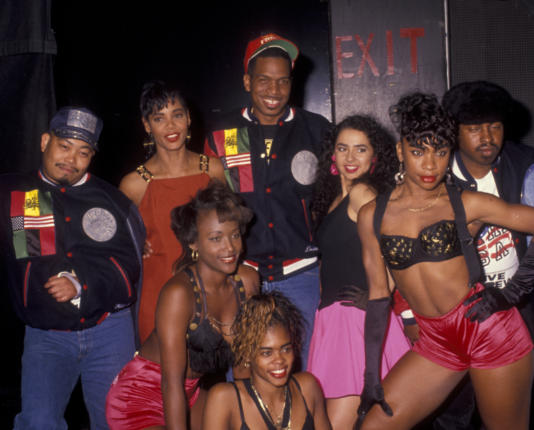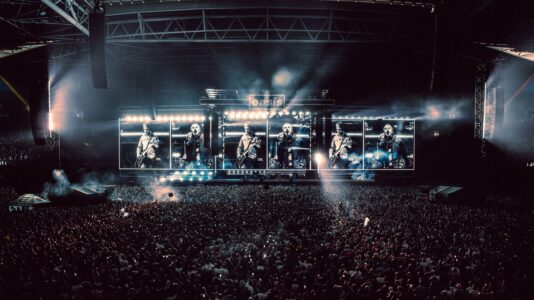Nintendo Switch 2: A Powerful Evolution or a Minor Upgrade?
As the gaming world anticipates the arrival of the Nintendo Switch 2, reviews and discussions are heating up. This new console promises enhanced performance but raises questions about whether it delivers enough innovation to justify the upgrade.
Hardware Enhancements
The Switch 2 boasts significant improvements over its predecessor. With a performance comparable to the PlayStation 4 Pro in handheld mode and the Xbox Series S when docked, gamers can expect richer graphics and better gameplay experiences. This added power also allows for smoother operation of demanding titles such as Cyberpunk 2077 and Street Fighter VI, which would have struggled on the original Switch.
Battery Life Concerns
However, this power comes at a cost. The battery life is a significant drawback; demanding titles can drain the battery in just 2 to 2.5 hours. Although lighter games yield longer playtimes, the stark reality is that players might need to rely on external battery packs for extended gaming sessions, particularly during travel.
Storage and Load Times
In terms of internal storage, the Switch 2 includes 256GB, which many users may find insufficient given the size of modern games that often exceed 50GB. This limitation means players will likely need to invest in additional storage, such as a MicroSD Express card. On a positive note, the console’s high-speed storage has been shown to reduce load times significantly, cutting initial launch times of titles like Mario Kart 8 by approximately half.
Design Improvements
The Switch 2 also introduces several design enhancements. An upper USB-C port offers more convenient charging options, and a sturdier, U-shaped stand improves usability in tabletop mode. Both features aim to enhance the overall gaming experience, allowing players to focus more on gameplay and less on logistics.
Innovative Features
Amid its similarities to the original console, the Switch 2 presents intriguing new capabilities, one of which is “mouse mode.” This feature allows a Joy-Con to function as a PC mouse when placed on certain surfaces. While the performance may vary based on the surface texture, the feature demonstrates Nintendo’s commitment to innovative functionality.
The Competitive Landscape
Despite these upgrades, the broader market landscape remains competitive. Advanced consoles like the PlayStation 5 Pro continue to push boundaries, challenging Nintendo to hold onto its gaming community while still appealing to more serious gamers. Market analysts suggest that Nintendo needs to carve out a distinct niche that emphasizes unique gameplay experiences rather than just graphical fidelity.
Community Reaction
Initial community feedback has been mixed. While many enthusiasts recognize the potential of the Switch 2’s enhanced capabilities, others are quick to point out that the overall package may feel like “more of the same.” This perception could hinder its allure as a must-have upgrade.
Conclusion: A Balancing Act
In summary, the Switch 2 represents an evolution of Nintendo’s successful formula rather than a revolutionary leap. With enhanced graphics, better load times, and innovative controls, it has much to offer. However, issues like battery life, limited storage, and mixed community reactions cast potential doubts.
As the gaming industry eagerly watches this release, the true test for Nintendo will be its ability to retain loyal fans while attracting newcomers. The Switch 2’s future impact on the gaming landscape will largely depend on how well it meets the diverse needs of players in an increasingly competitive market.









